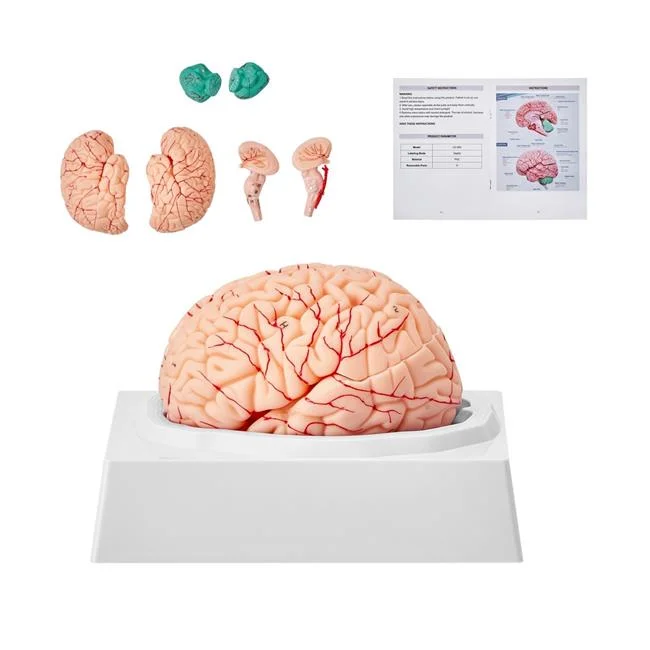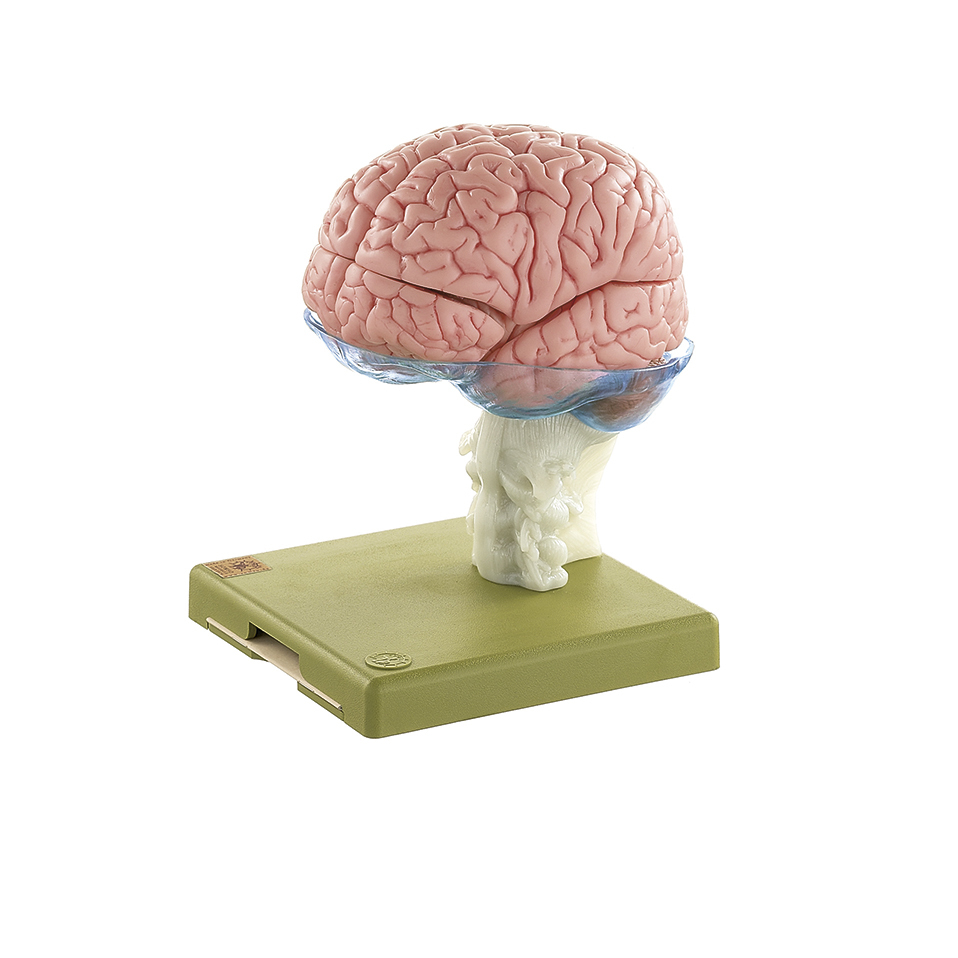Overview of Brain Freeze
A brain freeze is a sudden and intense headache. It occurs when consuming something very cold, quickly. It’s also known as ‘sphenopalatine ganglioneuralgia,’ although ‘brain freeze’ is easier to say. Why does my headache feel like a brain freeze? The term refers to the reaction in the brain, causing brief pain.
Prevalence and Susceptible Populations
Brain freezes are common and occur most in children. People who suffer from migraines might experience brain freezes more often. This quick pain usually fades within minutes and is not harmful. Knowing why does my headache feel like a brain freeze helps understand this phenomenon.

Causes of Brain Freeze
Understanding why a brain freeze occurs can enhance our ability to prevent and manage it effectively. Two main factors lead to the onset of a brain freeze: the body’s vascular response to cold and the role played by sensory nerves in signaling pain.
Cold Exposure and Vascular Reactions
When you consume something cold too quickly, your body reacts to preserve warmth. Sudden cold exposure in the mouth causes blood vessels to narrow rapidly, a process known as vasoconstriction. Shortly after, these vessels widen again, which is called vasodilation. This rapid change can activate pain receptors in vessel walls, sending pain signals to the brain. Such signals are often strong but short-lived; they are responsible for the sharp headache known as brain freeze.
Role of Sensory Nerves
The nerves in our face and head are highly sensitive. When the temperature drops suddenly, these sensory nerves swiftly respond. The nerve involved in brain freeze is the sphenopalatine nerve. It’s closely linked to the pain we feel during brain freeze. The nerve’s reaction to sudden cold results in the immediate, intense pain that characterizes a brain freeze. By recognizing this, people who wonder why their headache feels like a brain freeze can learn that their sensory nerves are effectively alerting them to the extreme temperature change.

Symptomatology of Brain Freeze
Immediate Pain and its Characteristics
When you encounter a brain freeze, the main symptom felt is a sharp, stabbing pain. This pain hits the forehead and temples and can radiate across the head. It grips you without warning right after consuming something very cold, very quickly. It’s not just any headache; it’s distinct for its sudden onset and severity. People often describe the sensation as feeling like their brain is being pressed from inside their skull.
Understanding ‘why does my headache feel like a brain freeze’ is simpler when recognizing the specific qualities of the pain: its immediate presence following cold exposure and its concentration in the front of the head. These characteristics are a direct result of cold-triggered nerve responses and vascular changes within our palate and face.
Duration and Dissipation of Pain
Fortunately, brain freeze pain doesn’t last long. It typically subsides within a few minutes. The quick dissipation is as notable as its rapid onset. After peaking, the pain diminishes as quickly as it arrived, leaving no lasting effects. This brief episode, commonly happening in seconds to minutes, makes brain freeze more of a passing inconvenience than a medical concern.
For anyone puzzled over why their headache feels like a brain freeze, it’s reassuring to know that the discomfort is temporary. Simple remedies, such as pressing the tongue against the roof of the mouth, can help accelerate the return to a pain-free state. The fleeting nature of the brain freeze also confirms that no long-term harm is usually associated with this abrupt pain.
Similarities Between Migraines and Brain Freeze
It’s not just cold treats that can cause the sharp, intense pain of a brain freeze. People who often suffer from migraine headaches may find similarities between the two experiences. Why does my headache feel like a brain freeze? Let’s explore the connection.
Increased Susceptibility for Migraine Sufferers
Individuals who endure migraines might notice they’re also more prone to brain freezes. This might leave some wondering, ‘why does my headache feel like a brain freeze?’ The answer lies in the body’s response to certain stimuli. Like migraines, brain freezes affect blood flow in the brain. Quick responses can trigger pain in both cases.
Underlying Mechanisms
Both migraines and brain freezes involve sudden changes in blood flow in the brain’s vessels. For a brain freeze, eating or drinking something cold causes vessels to narrow then widen, leading to pain. Migraines, similarly, may be linked to shifts in cranial blood flow and neural activity.
Studies suggest that the same nerves implicated in brain freezes are active during migraines. The sphenopalatine ganglion plays a role in both pains. This nerve center is sensitive to changes in blood flow and temperature. When activated, it sends pain signals that can result in either a migraine or a brain freeze.
By understanding these mechanisms, those with migraines can take preventive measures to reduce the likelihood of experiencing brain freezes. Slowly consuming cold food and using techniques to warm the palate can help. Knowing the shared pathways of pain can assure sufferers that, like migraines, brain freezes are not harmful and will pass quickly.

Preventive Measures Against Brain Freeze
To avoid the sharp pain of a brain freeze, consider the following strategies.
Consuming Cold Items Slowly
Eating or drinking cold treats too quickly is a direct path to brain freeze. Slow down and savor each bite or sip. This allows your mouth to adjust to the cold temperature gradually.
- Take small bites or sips of your ice cream or chilled beverage.
- Allow the cold item to rest in your mouth a moment before swallowing.
- Avoid gulping down frozen drinks or eating ice cream in haste.
Techniques to Warm the Palate
Warming your palate can help prevent a brain freeze or stop one that’s already started.
- Press your tongue against the roof of your mouth to transfer heat.
- Drink warm water after consuming something cold.
- Use your thumb to press on the roof of your mouth for quick warmth.
These methods can counteract the rapid cooling that triggers the pain.
By integrating these simple tips, you can enjoy cold treats without enduring the discomfort commonly named as brain freeze. Next time you’re tempted by a frozen delight, remember to go slow and use these warm-up techniques.

Potential Triggers of Brain Freeze Outside Eating or Drinking
While many associate brain freeze with consuming cold treats like ice cream or cold drinks, there are other, less obvious triggers that can cause similar sensations. These triggers can be environmental or unexpected, which means they might not directly involve eating or drinking something cold.
Environmental and Unexpected Triggers
Certain environmental conditions can induce brain freeze-like headaches. Inhaling freezing air rapidly, especially during cold weather, can trigger a similar response to drinking a frozen beverage quickly. Similarly, diving into cold water can shock your system and result in a temporary, intense headache that mimics the sensations of a brain freeze.
Another trigger could be exposure to very cold temperatures in general, which can affect your body’s thermoregulation and potentially cause these sharp pains. While these occurrences are rarer than the typical brain freeze caused by cold food and drink, they are still worth noting, especially for individuals who spend a lot of time outdoors in cold climates or are involved in winter sports.
Understanding these triggers can help you manage and possibly avoid the uncomfortable sensations of a brain freeze, ensuring a more pleasant experience in cold environments. By being aware of these factors, individuals can take steps to moderate their exposure or protect themselves against harsh conditions.

Insights from Medical Experts
Research and Studies from UT Southwestern Medical Center
Medical experts provide valuable insights into understanding brain freeze. Dr. Ashley Agan, from UT Southwestern Medical Center, sheds light on the phenomenon. Her research points to common occurrences in children and migraine sufferers. This pain is quick to come and go but intense. Agan emphasizes that these headaches are not harmful. She suggests consuming cold items slowly to prevent discomfort. By warming them in the front of your mouth, you lessen the risk of a brain freeze.
Researchers at UT Southwestern explore brain responses to cold. They believe rapid vessel changes trigger pain signals. This leads to the sharp headaches known as brain freezes. To avoid them, Agan recommends several techniques. One can press the tongue to the roof of the mouth to restore warmth. Dr. Agan’s studies contribute to better prevention methods for brain freeze. UT Southwestern, a leader in medical research, continues to study the underlying mechanisms of this sudden pain and its relation to migraines. Their work helps refine techniques for managing and understanding brain freeze-like headaches.
